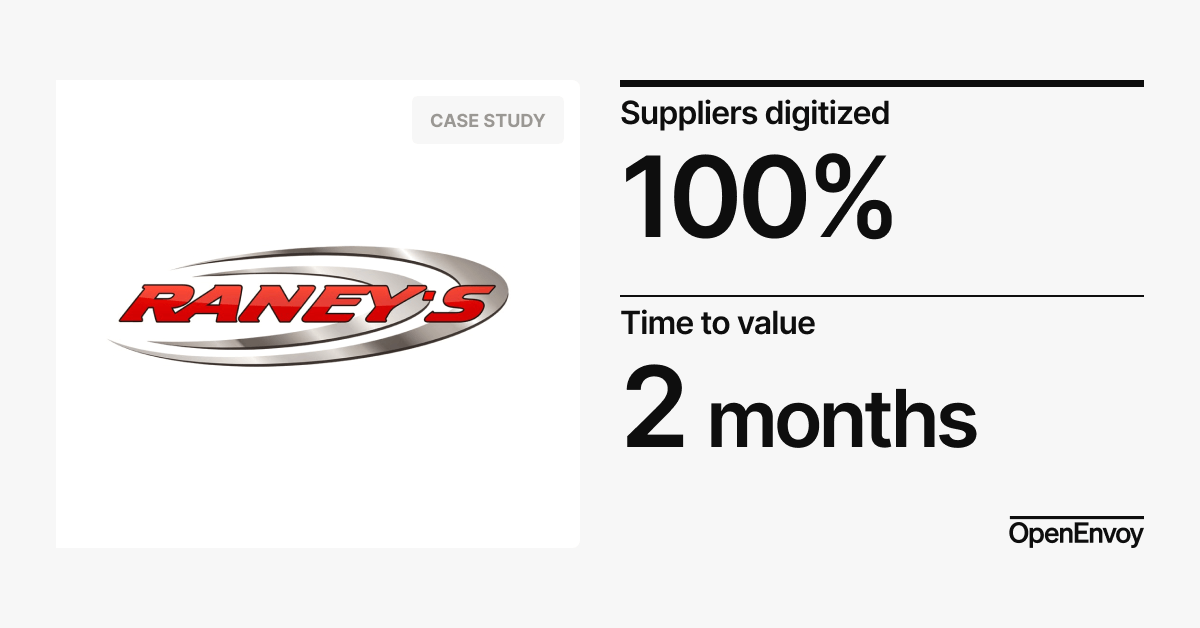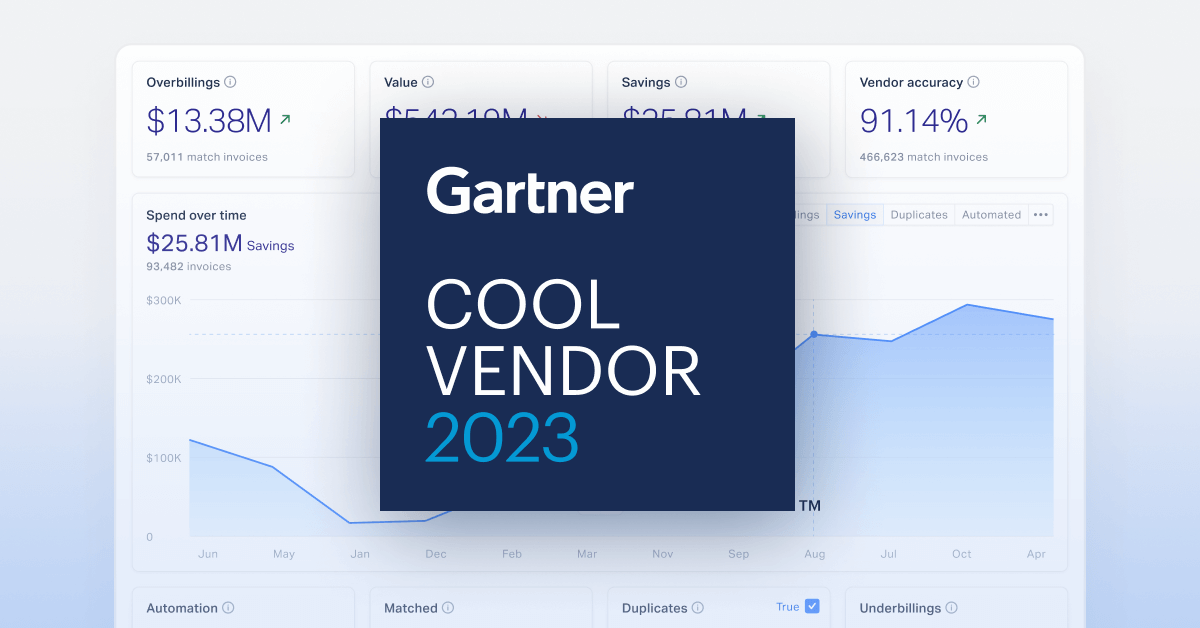What safeguards does your finance team have to prevent paying accidental and fraudulent vendor overcharges?
While most finance leaders will say they have a combination of human spot-checking and post-payment auditing, these processes are certainly not proactive.
An Accounting Today study shows that 67% of accounting teams stated they manually perform reconciliations, and another 33% manually review and process approvals.
In real-time, today's artificial intelligence audits, records, and notifies your accounts payable teams of all things related to vendor invoices.
AI assumes the back-office task of number crunching and acts as a second (and third) pair of eyes for accountants. By implementing AI into your payables processes, you can lower the cost of invoice reconciliation, avoid overpayments, reduce manual work, and have instant access to clean spend data.
Modern businesses understand the importance of financial automation systems to support invoice organization and data storage, but today, automation can go far beyond digitizing and organizing invoices.
Here are 4 Errors Your AP Team May Miss, That AI is Guaranteed to Catch:
1. The accidental overcharge
Experts report that, on average, nearly 4% of invoices have errors. While this may seem low as a percent of total annual spend, the amount is significant for enterprise companies. In addition, with the pressures of inflation and rising interest rates, companies could save hundreds of thousands, if not millions, by eliminating overpayments.
It's up to accountants (and their tools) to catch invoice errors before approving and remitting payment. However, without AI, it is unrealistic to expect accountants to accurately and efficiently audit thousands of invoices from dozens of vendors monthly. It is inevitable that errors will slip through the cracks when placed in the hands of humans.
Automated invoice auditing software compares invoices received to the relevant initial contracts, audits documents line-by-line, and reports errors to staff.
2. Duplicate invoices received
A recent report shows that almost 10% of all invoices are duplicates. OpenEnvoy's real-time duplicate detection product identified $42,124,360 in duplicate billings across customers in 12 months. While you might be surprised to discover that duplicate invoices and the double charging of shipments are common occurrences, it is likely that duplicate invoices are slipping through at your organization.
While sending multiple invoices is often accidental on the vendor's end, your finance team must hold your vendors accountable for accurate billing. When you pay twice on the same invoice, it is even more costly and painful to go through a dispute process to claw back the overpayment.
Real-time automation will immediately identify and flag duplicate invoices to eliminate the possibility of double payments.
3. Overlapping or cumulative invoices
Similar to the reason stated above, a vendor may send several invoices along with a quarter-end cumulative invoice. An example of this scenario would be when a vendor sends three separate invoices at different amounts (one for $15,000, one for $8,500, and one for $10,200) and then a quarter-end invoice (for $33,700).
Traditional invoice processes like manual spotting may miss these billings or prior payment for one of these could easily go unnoticed. In this instance, AI would automatically flag these invoices as being related to each other and your team can proceed accordingly while avoiding overpayments and clawbacks.
4. Line-level errors
Your accounting and finance team knows that achieving operational excellence and accuracy in accounts payable processes is impossible without technology.
The days of manual spot-checking invoices for inconsistencies are numbered, at least for finance teams looking to move into the future. Although the standard has been to pay invoices as they are received and then request overpayments to be paid back, the dispute process sucks up valuable resources, hurts buyer/vendor relationships, and costs more money.
The true solution is to audit every invoice received and extract line details describing each item. When your team can check invoices at the line level, they automatically discover sneaky errors. For example, AI will flag if the same service is charged in two separate invoices or if there is a discrepancy in quantity or price between the invoice and purchase order. It will also verify that contractual agreements are being upheld.
The result of AI
Invoice errors can take many forms and can be challenging to find in a manual audit. Companies that embrace AI can achieve 100% visibility into vendor invoices, expenses, reimbursements, and payroll to gain greater visibility into corporate spending.
With real-time automated auditing technology, companies can immediately fix discrepancies between invoices and contracts before making a payment. Not only do accountants rejoice in eliminating manual reconciliation, but they gain more time in their day to strategically contribute to their company's future.
Are you ready to put a layer of control in your accounts payable processes to protect your company's cash flow? Connect with an OpenEnvoy expert today to learn more!











